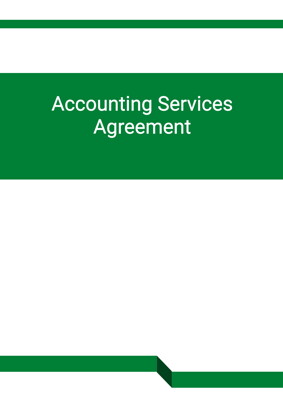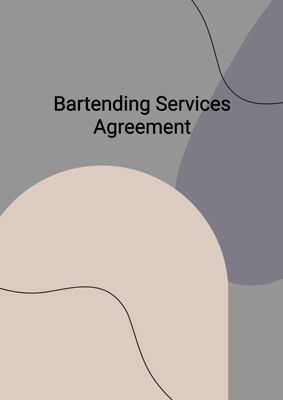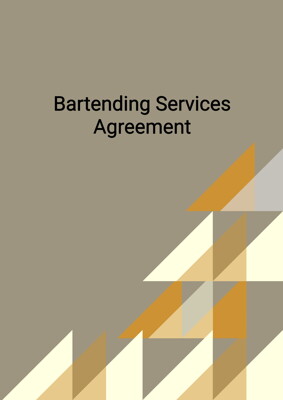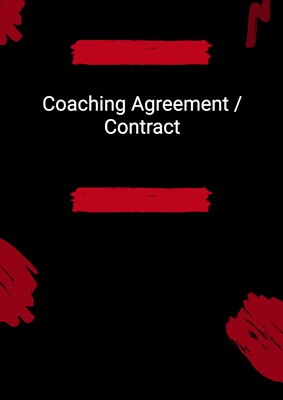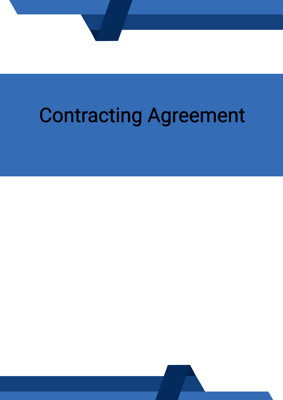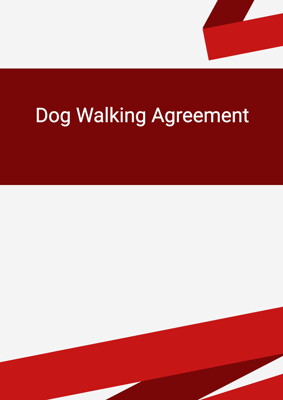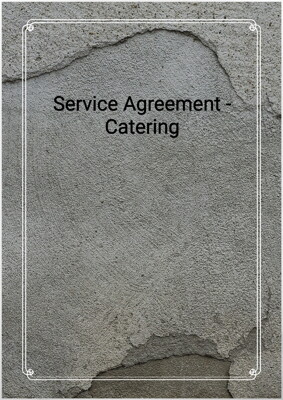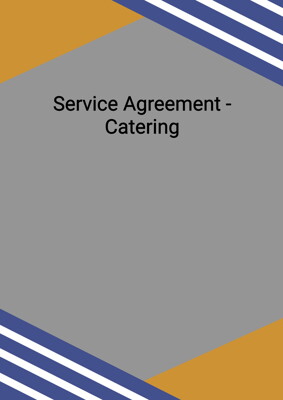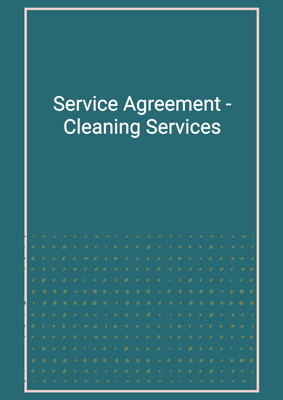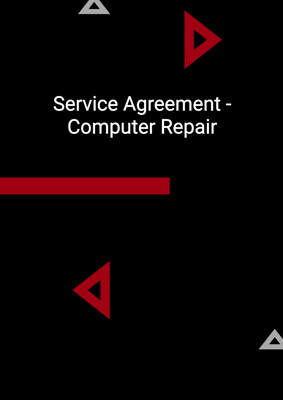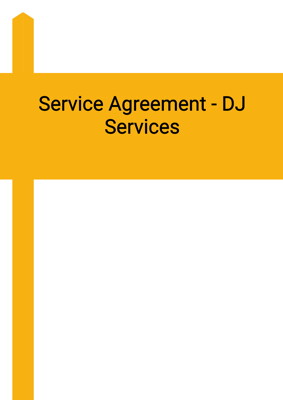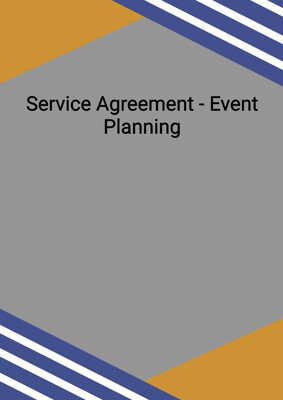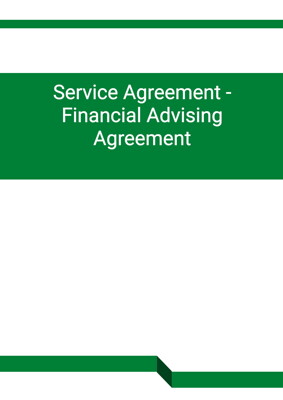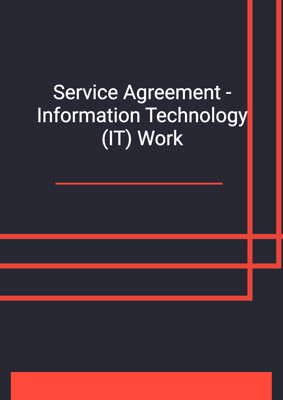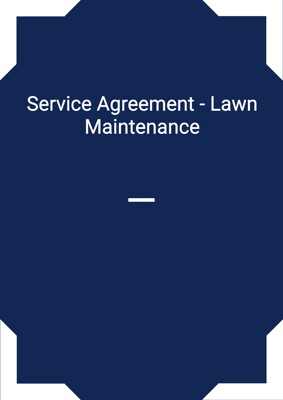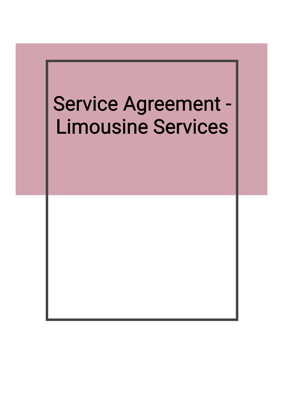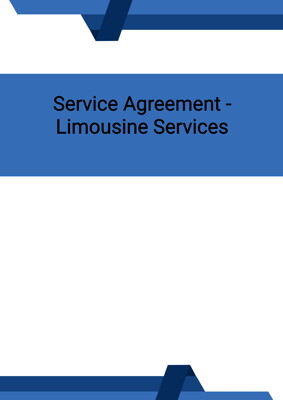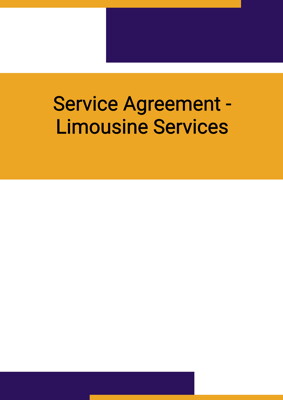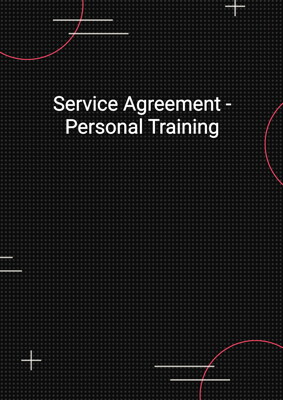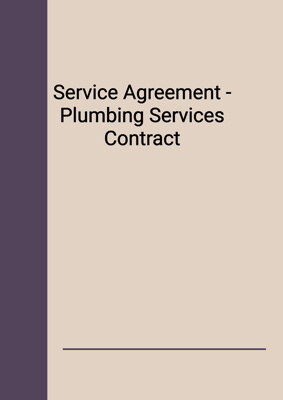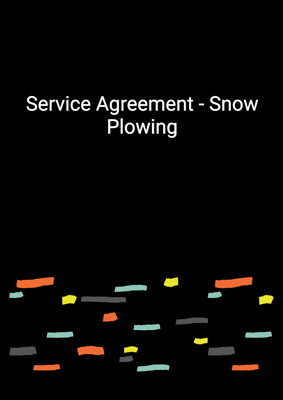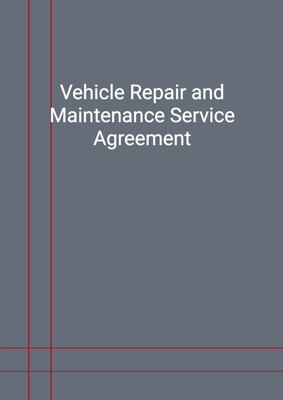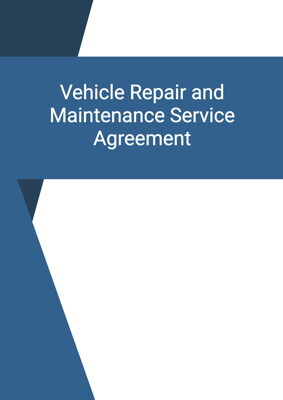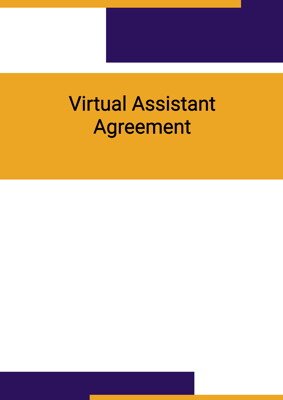How to Tailor the Document for Your Need?
01
Create Document
Fill in the details of the parties. You can click the "Fill with Member’s Information" button to complete it with information saved to your account.
02
Fill Information
Please fill in any additional information by following the step-by-step guide on the left hand side of the preview document and click the "Next" button.
03
Get Document
When you are done, click the "Get Document" button and you can download the document in Word or PDF format.
04
Review Document
Please get all parties to review the document carefully and make any final modifications to ensure that the details are correct before signing the document.
Document Preview
Document Description
The Landscaping Service Agreement is a document that outlines the terms and conditions between the servicer and the customer for the provision of landscaping services. This agreement is important as it establishes a clear understanding between the parties regarding the scope of work, payment terms, completion date, and other important details.
The entire document is divided into several sections, each addressing different aspects of the agreement. The first section, titled 'Interpretation,' provides definitions for key terms used throughout the agreement. This ensures that both parties have a common understanding of the terminology used.
The second section, 'Servicer's Obligations,' outlines the responsibilities of the servicer. It includes provisions regarding the use of professional knowledge and skills, compliance with regulations, and the provision of services in a professional and diligent manner.
The third section, 'Consultation,' highlights the importance of engaging in a consultation to discuss ideas, planning, and design for the property. This ensures that the servicer understands the customer's desires and preferences.
The fourth section, 'Laws and Permits,' emphasizes the servicer's obligation to obtain all necessary licenses, permits, and permissions required to provide the services. It also addresses any flexibility desired by the customer in relation to the rules imposed by the management of the property.
The fifth section, 'Completion of the Work,' emphasizes the importance of timely completion of the services. It includes provisions for the completion date, extensions of time, and liquidated damages in case of non-completion.
The sixth section, 'Service Fees,' outlines the payment terms and schedule. It includes provisions for invoicing, due dates, expenses, and the servicer's responsibility to provide records and obtain written consent for certain expenses.
The seventh section, 'Warranties and Indemnities,' addresses the servicer's obligations to promptly notify the customer of any delays, problems, or complaints. It also includes provisions for rectifying any defects in the provision of services and indemnifying the customer against any liability arising from personal injury or death.
The eighth section, 'Term and Termination,' specifies the duration of the agreement and the circumstances under which either party can terminate it. It also includes provisions for the return of materials and the customer's liability for completed services.
The ninth section, 'Background Check,' ensures that all employees of the servicer have undergone a comprehensive background check and have no criminal history or listing on any sex-offender registry.
The tenth section, 'Release,' grants the servicer the right to use photographs of the property for various purposes and releases the customer from any claims to profits arising from the use of such images.
The eleventh section, 'License and Insurance,' requires the servicer to obtain the necessary licenses and approvals for doing business and maintain appropriate insurance coverage.
The twelfth section, 'Ownership of Materials,' clarifies that materials and goods delivered to or placed on the property become the customer's property, while intellectual property developed under the agreement becomes the customer's sole property.
The thirteenth section, 'Confidential Information,' addresses the servicer's access to the customer's confidential information and imposes obligations of confidentiality and return of such information upon termination.
The fourteenth section, 'Announcements/Publicity,' requires the parties to obtain prior written approval before making any announcements or disclosures related to the agreement.
The fifteenth section, 'Amendment,' specifies that any variations to the agreement must be in writing and signed by the parties.
The sixteenth section, 'Assignment,' prohibits the servicer from assigning the agreement or sub-contracting the performance without the customer's written consent.
The seventeenth section, 'Severability,' ensures that if any provision of the agreement is held to be illegal, void, or unenforceable, the remaining provisions shall remain in full force and effect.
The eighteenth section, 'Further Assurance,' requires the parties to perform any further acts and execute any further documents necessary to implement and give effect to the agreement.
The nineteenth section, 'Warranty of Capacity and Power,' includes representations and warranties by each party regarding their authority, power, and capacity to enter into and carry out their obligations under the agreement.
The twentieth section, 'Force Majeure,' provides that none of the parties shall be liable for any failure or delay in performing their obligations under the agreement due to causes outside their reasonable control.
The twenty-first section, 'No Rights under Contracts for Third Parties,' clarifies that a person who is not a party to the agreement shall have no right to enforce any of its terms.
The twenty-second section, 'Arbitration and Proper Law,' encourages the parties to resolve any disputes amicably and in good faith. It also includes a jurisdiction clause specifying the proper law governing the agreement.
The twenty-third section, 'Notices and Service,' provides instructions for serving notices under the agreement, including delivery by hand, email, or post.
The twenty-fourth section, 'Counterparts,' allows the agreement to be executed in multiple counterparts, with each counterpart considered an original but together constituting one instrument.
How to use this document?
To use the Landscaping Service Agreement, follow these steps:
1. Review the entire agreement to familiarize yourself with its contents and understand the obligations of both parties.
2. Ensure that all necessary information is included in the agreement, such as the names and addresses of the servicer and customer, the property address, and the desired completion date.
3. Customize the agreement to fit the specific landscaping services to be provided. This may include specifying the type of services, the desired landscape design, and any additional requirements.
4. Consult with the customer to discuss ideas, planning, and design for the property. Take note of the customer's desires and preferences to ensure that the landscape design meets their expectations.
5. Obtain all necessary licenses, permits, and permissions required to provide the services. Ensure compliance with any rules imposed by the management of the property.
6. Adhere to the agreed-upon completion date and make best efforts to complete the services within the specified timeframe. If an extension of time is needed, communicate with the customer and obtain their approval.
7. Invoice the customer for the services performed, including any expenses incurred. Clearly itemize each expense and provide proof of purchase and receipt.
8. Promptly notify the customer of any delays, problems, or complaints that may arise during the provision of services. Take necessary steps to rectify any defects and ensure customer satisfaction.
9. Maintain appropriate insurance coverage to protect against liability arising from personal injury or damage caused by the services.
10. Return any materials and confidential information belonging to the customer upon termination of the agreement.
11. Obtain the customer's written consent before using their intellectual property for any purpose not contracted for in the agreement.
12. Keep accurate records of all expenses and provide necessary documentation in case of any disputes.
13. Seek prior written approval before making any announcements or disclosures related to the agreement.
14. If any disputes arise, attempt to resolve them amicably and in good faith. Consider arbitration as a means of resolving disputes if necessary.
By following these steps, you can effectively use the Landscaping Service Agreement to establish a clear understanding and mutually beneficial relationship between the servicer and the customer.

